The Future of Electronic Transmission
Exploring the technologies that power modern communication and data exchange
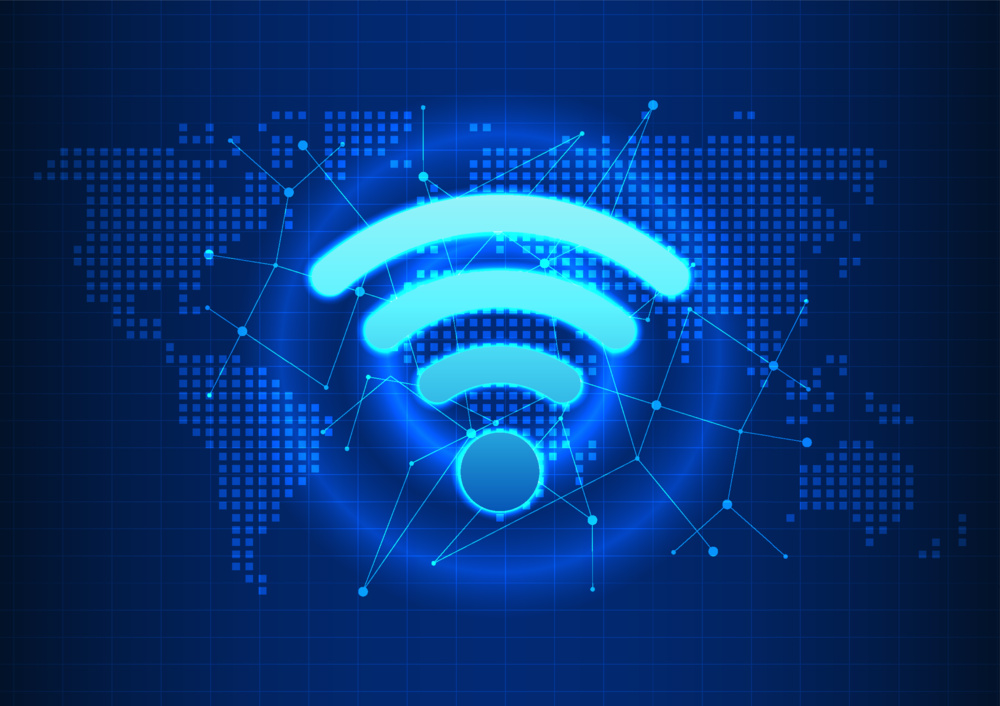
Scroll to explore
Understanding Electronic Transmission
The backbone of modern communication systems, enabling seamless data exchange across the globe
What is Electronic Transmission?
Electronic transmission refers to the process of sending and receiving data, signals, or information through electronic means. This technology has revolutionized how we communicate, conduct business, and access information in the digital age. From simple telegraph systems to complex 5G networks, electronic transmission has evolved significantly, enabling faster, more reliable, and efficient data transfer.
The core principle of electronic transmission involves converting information into electrical signals or electromagnetic waves that can travel through various mediums, including wires, cables, and the atmosphere. These signals are then decoded back into usable information at the receiving end. The efficiency and reliability of electronic transmission depend on several factors, including bandwidth, signal strength, interference, and the quality of the transmission medium.
Today, electronic transmission encompasses a wide range of technologies, from traditional wired systems like Ethernet and fiber optics to wireless technologies such as Wi-Fi, Bluetooth, and cellular networks. Each of these technologies has its unique characteristics, advantages, and applications, making electronic transmission a versatile and indispensable part of modern life.
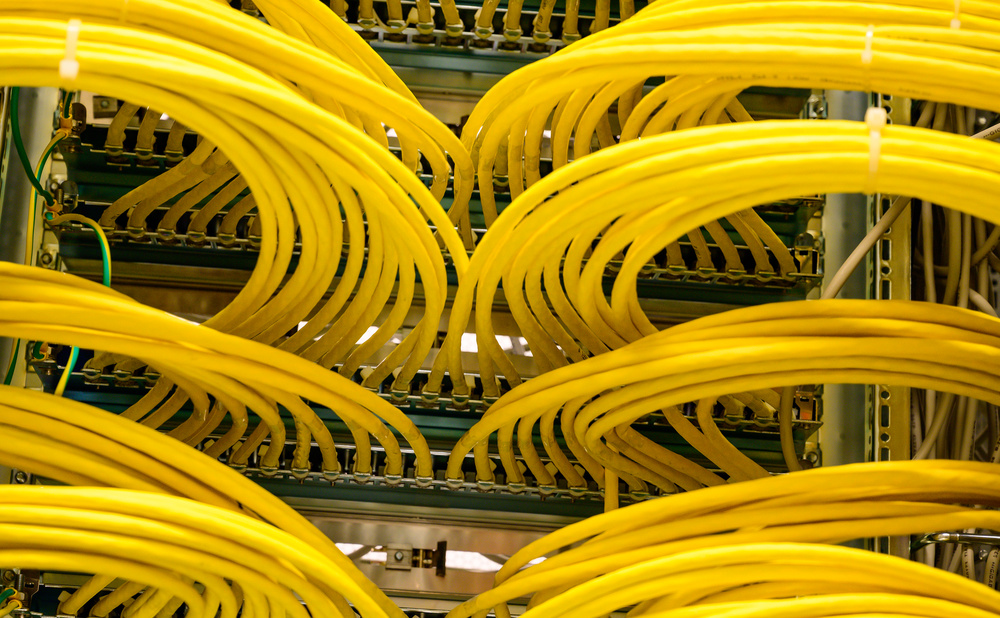
"Electronic transmission systems have become the nervous system of our digital society, connecting people, devices, and systems across the globe."
Evolution of Electronic Transmission
1837
Invention of the telegraph by Samuel Morse, enabling long-distance electronic transmission of coded messages.
This breakthrough marked the beginning of electronic communication, allowing information to travel faster than ever before.
Alexander Graham Bell invents the telephone, revolutionizing voice communication through electronic transmission.
1876
The telephone allowed for direct voice communication over long distances, transforming personal and business interactions.
1895
Guglielmo Marconi develops radio technology, enabling wireless electronic transmission of signals.
Radio transmission eliminated the need for physical wires, opening up new possibilities for communication and broadcasting.
Invention of the transistor at Bell Labs, paving the way for modern electronic devices and digital transmission.
1947
Transistors made electronic devices smaller, more efficient, and reliable, enabling the development of computers and digital communication systems.
1969
Birth of the Internet with the ARPANET project, creating a network of computers that could communicate through packet-switching electronic transmission.
This revolutionary network laid the foundation for the modern internet, enabling global electronic transmission of data and information.
Emergence of the World Wide Web and commercial internet services, making electronic transmission accessible to the general public.
1990s
The web transformed how information was accessed and shared, making electronic transmission an integral part of daily life.
2010s
Deployment of 4G LTE networks and widespread adoption of smartphones, enabling high-speed mobile electronic transmission.
Mobile internet access became ubiquitous, allowing people to stay connected and access information on the go through electronic transmission.
Rollout of 5G networks and development of IoT technologies, enabling faster, more reliable electronic transmission with lower latency.
2020s
5G and IoT are transforming industries and enabling new applications through advanced electronic transmission capabilities.
Electronic Transmission Technologies
A comprehensive overview of the various technologies that enable modern electronic transmission
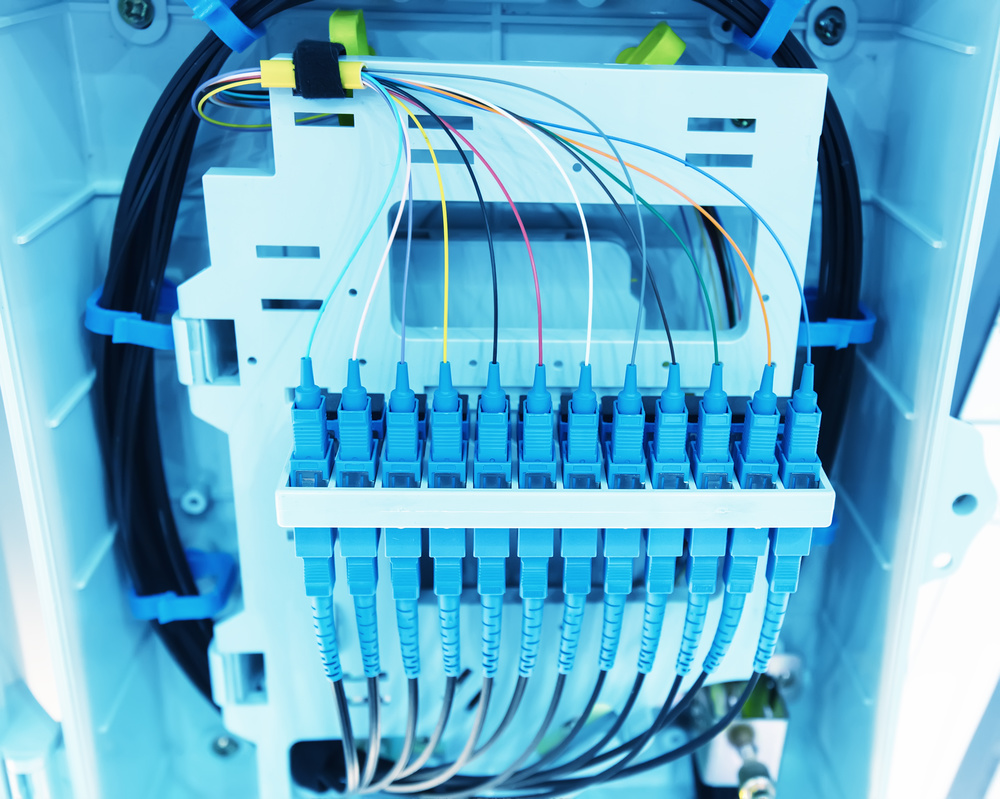
Fiber Optic Transmission
Fiber optic technology uses light signals transmitted through thin glass or plastic fibers to achieve high-speed electronic transmission. This technology offers exceptional bandwidth, low signal loss, and immunity to electromagnetic interference.
Fiber optic transmission works by converting electrical signals into light signals using a laser or LED. These light signals travel through the fiber optic cable by bouncing off the walls in a process called total internal reflection.
At the receiving end, a photodetector converts the light signals back into electrical signals. This method of electronic transmission is highly efficient and is widely used for long-distance communication, internet backbones, and high-speed data centers.

Wireless Radio Transmission
Wireless radio transmission uses electromagnetic waves to transmit data through the air without the need for physical cables. This technology is widely used in broadcasting, cellular communication, and Wi-Fi networks.
Wireless radio transmission works by modulating radio waves with the information to be transmitted. These modulated waves are then broadcast through an antenna and received by another antenna at the destination.
The quality of wireless electronic transmission depends on factors such as signal strength, frequency, distance, and environmental conditions. This technology is essential for mobile communication, allowing people to stay connected while on the move.

Satellite Transmission
Satellite transmission involves sending signals to and from satellites orbiting the Earth. This technology enables global communication, including television broadcasting, internet access, and navigation systems.
Satellite transmission works by sending signals from an Earth station to a satellite in orbit. The satellite amplifies the signal and retransmits it back to Earth, where it is received by another Earth station.
This method of electronic transmission is particularly useful for covering large geographic areas and reaching remote locations where other forms of communication are not feasible. However, satellite transmission can suffer from latency issues due to the long distance signals must travel.
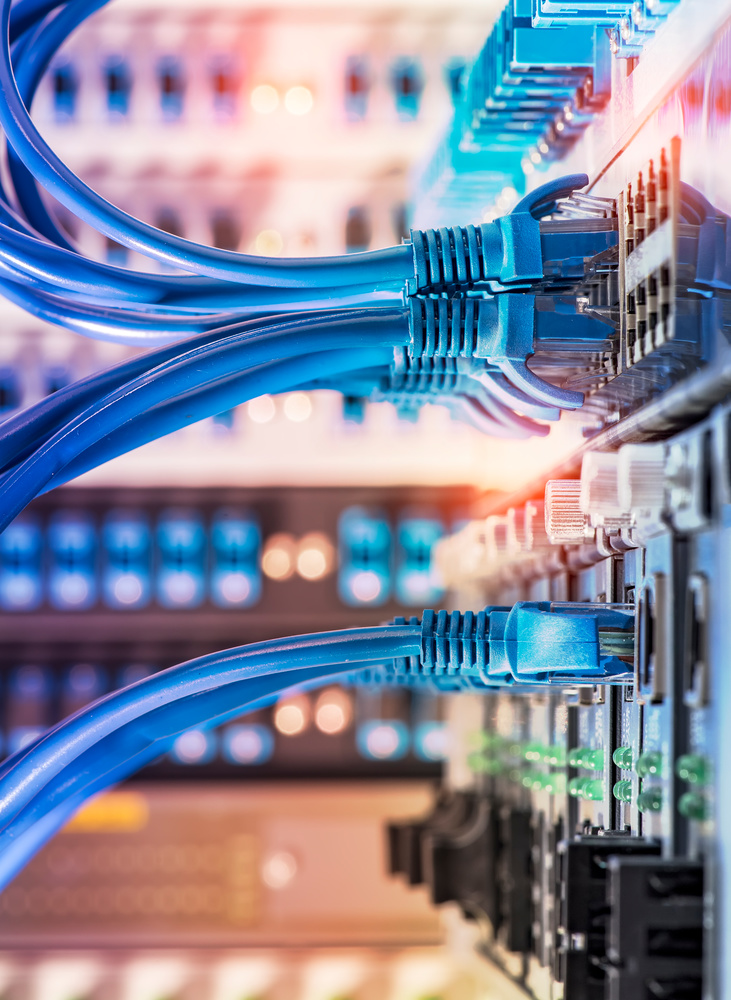
Ethernet Transmission
Ethernet is a wired local area network (LAN) technology that uses twisted pair or fiber optic cables for electronic transmission. It is the most widely used LAN technology in the world, connecting computers, servers, and other devices.
Ethernet transmission uses a packet-based system where data is divided into small packets and transmitted over the network. Each packet contains source and destination addresses, allowing it to be routed to the correct device.
Modern Ethernet technology supports various speeds, from Fast Ethernet (100 Mbps) to 400 Gigabit Ethernet (400 Gbps). It is widely used in homes, businesses, and data centers for reliable, high-speed electronic transmission of data.
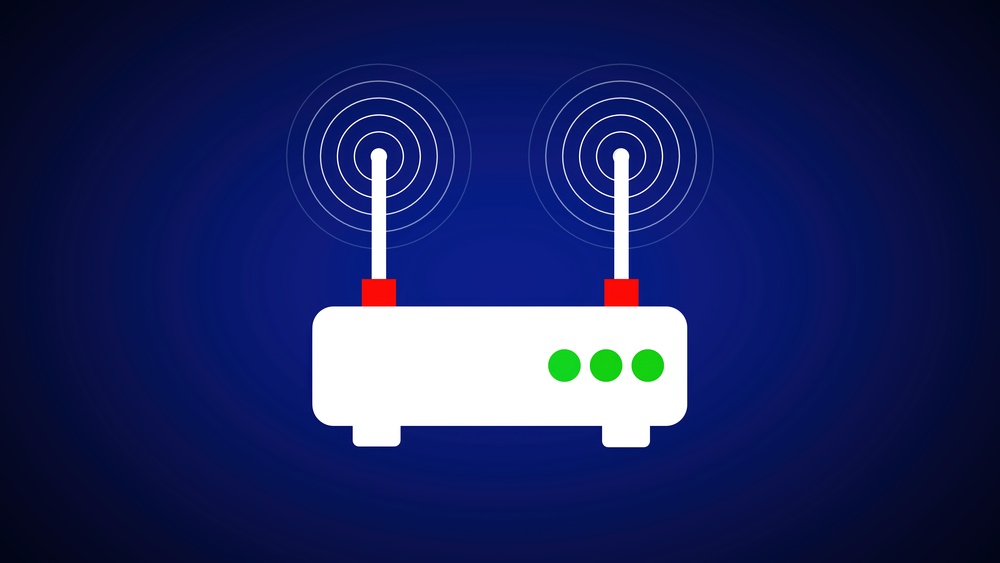
Bluetooth Transmission
Bluetooth is a short-range wireless technology that enables electronic transmission between devices over short distances. It is commonly used for connecting smartphones, headphones, speakers, and other peripheral devices.
Bluetooth transmission uses radio waves in the 2.4 GHz frequency band to establish short-range connections between devices. It uses a technique called frequency-hopping spread spectrum (FHSS) to minimize interference from other devices.
Bluetooth technology is designed for low-power consumption, making it ideal for battery-powered devices. It supports various profiles for different types of electronic transmission, including audio streaming, file transfer, and data synchronization.
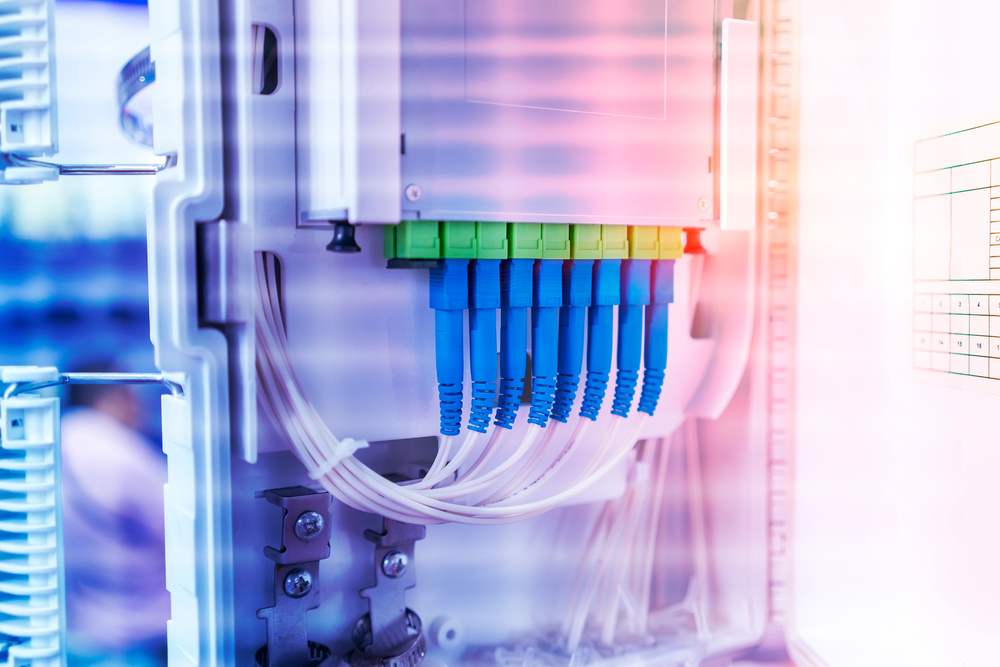
NFC Transmission
Near Field Communication (NFC) is a short-range wireless technology that enables electronic transmission between devices when they are brought into close proximity (usually a few centimeters).
NFC transmission uses electromagnetic induction between two loop antennas to enable communication between devices. It operates at 13.56 MHz and supports two-way communication at distances up to 10 centimeters.
NFC is commonly used for contactless payments, data exchange between smartphones, and access control systems. Its short range makes it more secure than other wireless technologies for certain applications, as it requires close physical proximity for electronic transmission.
"With the rapid development of distributed generations, power-electronics based equipment is being widely deployed. Communication capability should be endued to these equipment to fulfill long-distance coordination. Considering the potential of digital signal modulation embedded in power electronics converters, the energy-information integrated transmission (EIT) technology is a promising approach to fulfill power transmission and signal communication with unified circuit."- Lei Zheng, Wei Jiang, Li Zhang, et al. "Research on Channel Characteristics of Energy-Information Integrated AC Transmission System," IEEE Journal of Emerging and Selected Topics in Power Electronics, 2024. View Source
Electronic Transmission Technology Comparison
A detailed comparison of key performance metrics across different electronic transmission technologies
| Technology | Max Speed | Range | Latency | Power Consumption | Cost | Interference |
|---|---|---|---|---|---|---|
| Fiber Optic | 100 Tbps | 100 km+ | Low (1-5 ms) | Medium | High | Very Low |
| 5G Wireless | 10 Gbps | 100-300 m | Very Low (1 ms) | Medium-High | Medium | Medium |
| Ethernet | 400 Gbps | 100 m | Low (1-2 ms) | Low | Low-Medium | Low |
| Wi-Fi 6 | 9.6 Gbps | 50-100 m | Medium (10-20 ms) | Low-Medium | Low | Medium-High |
| Satellite | 1 Gbps | Global | High (250-500 ms) | High | Very High | Low |
| Bluetooth 5.2 | 2 Mbps | 100 m | Medium (20-50 ms) | Very Low | Very Low | Medium |
| NFC | 424 kbps | 0-10 cm | Low (1-5 ms) | Very Low | Very Low | Very Low |
Electronic Transmission Speed Comparison
Transmission Efficiency by Medium
Transmission Efficiency Factors
The efficiency of electronic transmission is influenced by several key factors that determine how effectively data can be transmitted from one point to another.
-
Bandwidth Utilization
The ability to effectively use available bandwidth without浪费 resources.
-
Signal-to-Noise Ratio
The ratio of signal power to noise power, which affects the quality of electronic transmission.
-
Error Correction
The ability to detect and correct errors in transmitted data, reducing the need for retransmission.
-
Protocol Overhead
The additional data required for protocol operations, which reduces the effective data rate of electronic transmission.
-
Medium Characteristics
The physical properties of the transmission medium, such as attenuation, dispersion, and interference susceptibility.
Electronic Transmission Efficiency Calculation
The efficiency of electronic transmission systems can be calculated using the following formula:
η = (Useful Data / Total Transmitted Data) × 100%
Where η represents the transmission efficiency percentage
For physical layer calculations, the formula adjusts to account for encoding overhead:
ηphysical = (Useful Data / Total Symbols After Encoding) × 100%
Understanding transmission efficiency is crucial for optimizing electronic transmission systems, as it directly impacts the effective data rate and resource utilization. Higher efficiency means more useful data can be transmitted within the same bandwidth and time constraints.
Latest Developments in Electronic Transmission
Exploring cutting-edge innovations and breakthroughs shaping the future of electronic transmission
Beyond 5G: The Next Generation of Wireless Transmission
The evolution of 5G technology, known as 5G-Advanced or 5.5G, is pushing the boundaries of electronic transmission capabilities. This new standard offers significantly higher data rates, reaching up to 10 Gbps, and ultra-low latency of just 1 millisecond, enabling applications such as real-time remote control, holographic communication, and advanced IoT systems.
5G-Advanced achieves these improvements through several key technologies, including massive MIMO (Multiple Input Multiple Output) with more antennas, higher frequency bands (including millimeter waves), and advanced beamforming techniques. These innovations enhance the capacity, speed, and reliability of wireless electronic transmission, making it suitable for a wider range of applications.
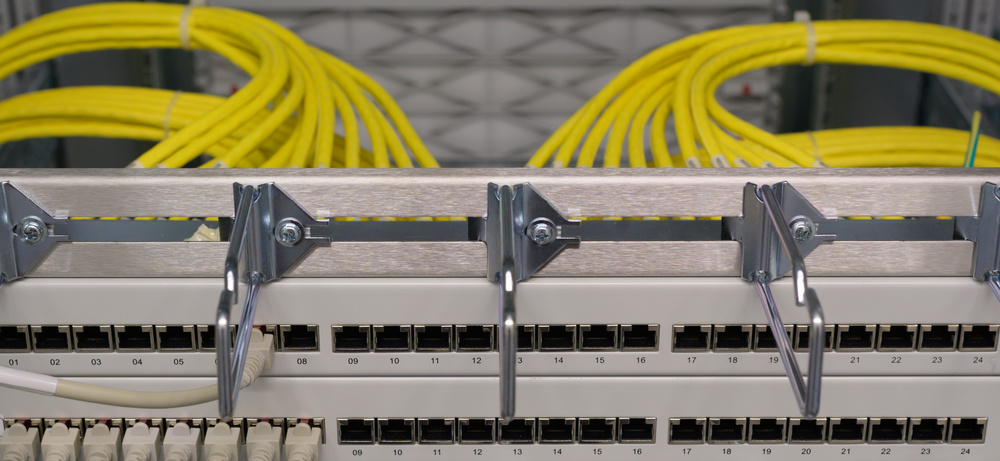
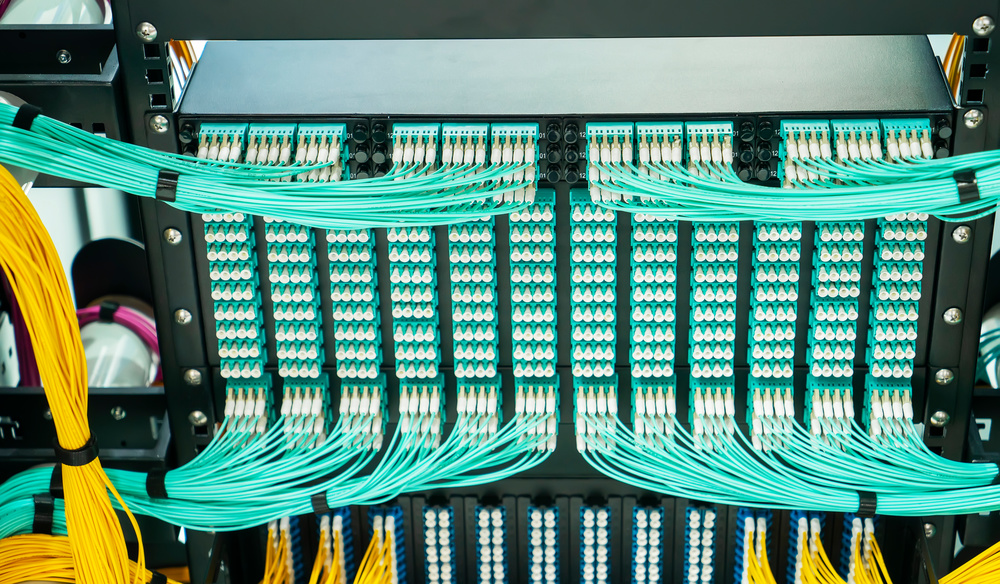
Secure Quantum Electronic Transmission
Quantum communication represents a revolutionary approach to electronic transmission, leveraging the principles of quantum mechanics to create secure communication channels. Unlike traditional encryption methods, which could potentially be broken by quantum computers, quantum communication offers theoretically unbreakable security through quantum key distribution (QKD).
In quantum electronic transmission, information is encoded in quantum states of particles such as photons. Any attempt to intercept or measure these particles would alter their quantum state, immediately alerting the communicating parties to the presence of an eavesdropper. This technology is being developed for applications requiring the highest level of security, such as government communications, financial transactions, and critical infrastructure control systems.
Artificial Intelligence in Electronic Transmission
Artificial intelligence (AI) is playing an increasingly important role in optimizing electronic transmission systems. Machine learning algorithms are being used to dynamically adjust transmission parameters, predict and prevent failures, and optimize network performance in real-time.
AI-powered electronic transmission systems can adapt to changing network conditions, such as varying levels of congestion, interference, and signal strength. These systems use predictive analytics to anticipate potential issues and take proactive measures to maintain optimal performance. For example, AI algorithms can predict signal degradation and automatically adjust transmission power or switch to alternative channels to ensure reliable communication.

Research Impact: Energy-Information Integrated Transmission
Efficiency Improvement
Recent research has shown that energy-information integrated electronic transmission systems can improve overall efficiency by up to 30% compared to traditional separate systems.
Research Papers
Over 500 research papers on energy-information integrated electronic transmission have been published in the past five years, highlighting the growing interest in this field.
Expected Commercialization
Energy-information integrated electronic transmission systems are expected to be commercially available by 2027, with initial applications in smart grids and industrial IoT.
Research Abstract
"With the rapid development of distributed generations, power-electronics based equipment is being widely deployed. Communication capability should be endued to these equipment to fulfill long-distance coordination. Considering the potential of digital signal modulation embedded in power electronics converters, the energy-information integrated transmission (EIT) technology is a promising approach to fulfill power transmission and signal communication with unified circuit."
Source: Zheng, L., Jiang, W., Zhang, L., et al. (2024). Research on Channel Characteristics of Energy-Information Integrated AC Transmission System. IEEE Journal of Emerging and Selected Topics in Power Electronics.
Applications of Electronic Transmission
Exploring how electronic transmission technologies are transforming various industries and everyday life
Smart Cities
Electronic transmission forms the backbone of smart city infrastructure, connecting sensors, devices, and systems to enable efficient management of urban resources.
- Smart traffic management systems
- Intelligent energy distribution
- Environmental monitoring networks
Healthcare
Advanced electronic transmission enables telemedicine, remote patient monitoring, and the secure exchange of medical data between healthcare providers.
- Real-time remote patient monitoring
- Telemedicine consultations
- Secure electronic health records
Transportation
Electronic transmission technologies power intelligent transportation systems, enabling vehicle-to-vehicle communication and autonomous driving capabilities.
- Vehicle-to-Everything (V2X) communication
- Autonomous vehicle navigation
- Traffic flow optimization
Entertainment
High-speed electronic transmission enables streaming of high-definition video, virtual reality experiences, and online gaming with minimal latency.
- 4K/8K video streaming
- Cloud gaming services
- Virtual and augmented reality
Industrial IoT
Industrial IoT relies on robust electronic transmission to connect machines, sensors, and systems for real-time monitoring and control of industrial processes.
- Predictive maintenance systems
- Smart factory automation
- Supply chain optimization
Agriculture
Precision agriculture uses electronic transmission to connect sensors, drones, and farm equipment for optimized crop management and resource utilization.
- Precision irrigation systems
- Crop health monitoring
- Automated farm equipment
Case Study: Smart Grid Implementation
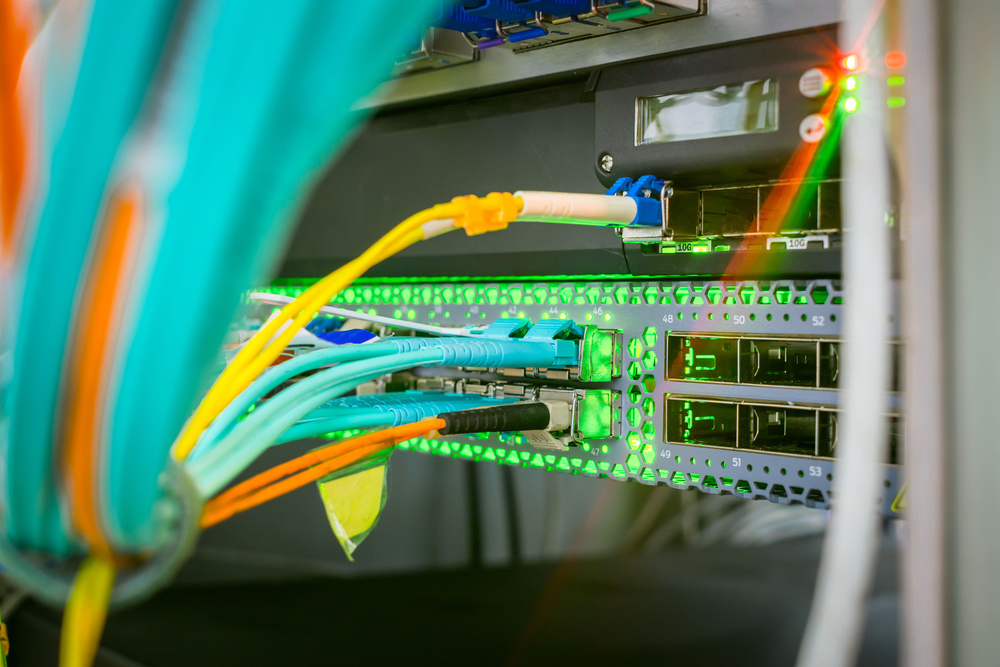
Energy-Information Integrated Electronic Transmission
A major utility company implemented an energy-information integrated electronic transmission system to modernize its power grid. The system uses existing power lines to transmit both electricity and data, eliminating the need for separate communication infrastructure.
28% Reduction in Operational Costs
By leveraging existing power lines for electronic transmission of data, the utility company eliminated the need for separate communication infrastructure.
35% Improvement in Grid Reliability
Real-time monitoring enabled by electronic transmission allowed for faster detection and resolution of issues.
15% Reduction in Energy Consumption
Intelligent load management made possible through electronic transmission of data optimized energy distribution.
This case study demonstrates the potential of innovative electronic transmission technologies to transform traditional infrastructure, enabling greater efficiency, reliability, and sustainability.
Frequently Asked Questions
Common questions about electronic transmission technologies and their applications
Electronic transmission is the process of sending and receiving data, signals, or information through electronic means. It involves converting information into electrical signals or electromagnetic waves that can travel through various mediums, including wires, cables, and the atmosphere. These signals are then decoded back into usable information at the receiving end. The efficiency and reliability of electronic transmission depend on several factors, including bandwidth, signal strength, interference, and the quality of the transmission medium.
There are several main types of electronic transmission technologies, including:
- Wired Technologies: Such as fiber optics, Ethernet, and coaxial cables, which use physical conductors to transmit signals.
- Wireless Technologies: Such as radio waves, microwaves, and infrared, which transmit signals through the air.
- Satellite Transmission: Uses satellites orbiting the Earth to relay signals over long distances.
- Optical Transmission: Uses light signals, typically through fiber optic cables, for high-speed data transfer.
Each technology has its own advantages and applications, depending on factors like speed, distance, reliability, and cost.
5G represents a significant advancement in electronic transmission technology compared to previous generations (4G, 3G, etc.). Key improvements include:
- Higher Data Rates: 5G can achieve peak data rates of up to 10 Gbps, significantly faster than 4G's maximum of around 1 Gbps.
- Lower Latency: 5G reduces latency to as low as 1 millisecond, enabling real-time applications like remote surgery and autonomous vehicles.
- Greater Capacity: 5G can support up to 1 million devices per square kilometer, making it ideal for dense urban environments and IoT applications.
- Improved Reliability: 5G offers higher reliability, with a target of 99.999% availability, making it suitable for critical applications.
These improvements are achieved through advanced technologies like massive MIMO (Multiple Input Multiple Output), beamforming, and the use of higher frequency bands.
The main difference between analog and digital electronic transmission lies in how information is represented and transmitted:
- Analog Transmission: Uses continuous signals that vary in amplitude, frequency, or phase to represent information. Analog signals are susceptible to noise and interference, which can degrade the quality of the transmitted information. Examples include traditional telephone lines and AM/FM radio.
- Digital Transmission: Converts information into discrete binary values (0s and 1s) that are transmitted as electrical or optical pulses. Digital signals are more resistant to noise and interference, and can be easily error-corrected. Examples include computer networks, digital television, and modern cellular systems.
Digital electronic transmission has largely replaced analog transmission in most modern communication systems due to its superior quality, efficiency, and flexibility.
Electronic transmission faces several challenges that can affect performance and reliability:
- Signal Interference: External signals can disrupt the transmitted signal, causing errors or degradation. This is particularly problematic for wireless electronic transmission.
- Signal Attenuation: Signals weaken as they travel through a medium, limiting the distance over which effective electronic transmission is possible.
- Bandwidth Limitations: The amount of data that can be transmitted is limited by the available bandwidth of the transmission medium.
- Latency: The delay between sending and receiving data can be a significant issue for real-time applications.
- Security Concerns: Electronic transmission can be vulnerable to interception, hacking, and other security threats.
Engineers and researchers are constantly developing new technologies and techniques to address these challenges, improving the performance, reliability, and security of electronic transmission systems.
The future of electronic transmission technology is marked by several exciting developments:
- 6G Technology: The next generation of wireless technology, expected to offer even higher speeds, lower latency, and greater capacity than 5G.
- Quantum Communication: Using quantum mechanics principles to create secure communication channels that are theoretically unbreakable.
- AI-Enhanced Systems: Using artificial intelligence to optimize electronic transmission systems, predict failures, and dynamically adjust parameters for optimal performance.
- Energy-Efficient Transmission: Developing technologies that reduce the energy consumption of electronic transmission systems, making them more sustainable.
- Integrated Systems: Combining energy transmission with information transmission, as seen in smart grid technologies.
These advancements will enable new applications and transform industries, making electronic transmission even more integral to our daily lives and the global economy.
Glossary of Terms
Key Terms
- Bandwidth
- The maximum amount of data that can be transmitted over a network in a given amount of time, usually measured in bits per second (bps).
- Latency
- The time delay between when data is sent and when it is received, usually measured in milliseconds (ms).
- Modulation
- The process of modifying a carrier signal to encode information for electronic transmission.
- Demodulation
- The process of extracting the original information from a modulated carrier signal at the receiving end of electronic transmission.
- Signal-to-Noise Ratio (SNR)
- A measure of the strength of the desired signal compared to background noise, expressed in decibels (dB).
Technical Terms
- MIMO (Multiple Input Multiple Output)
- A technology that uses multiple antennas at both the transmitter and receiver to improve the performance of electronic transmission systems.
- Beamforming
- A signal processing technique used in MIMO systems to focus the transmission energy in specific directions, improving signal strength and reducing interference.
- QAM (Quadrature Amplitude Modulation)
- A modulation scheme that combines amplitude and phase modulation to transmit multiple bits per symbol, increasing the data rate of electronic transmission.
- FDM (Frequency Division Multiplexing)
- A technique that divides the available bandwidth into multiple frequency bands, allowing multiple signals to be transmitted simultaneously over the same medium.
- TDM (Time Division Multiplexing)
- A technique that divides the transmission time into slots, allowing multiple signals to share the same frequency band by transmitting in different time slots.
Ready to Learn More About Electronic Transmission?
Explore our comprehensive resources and stay updated with the latest developments in electronic transmission technology.
Learn more